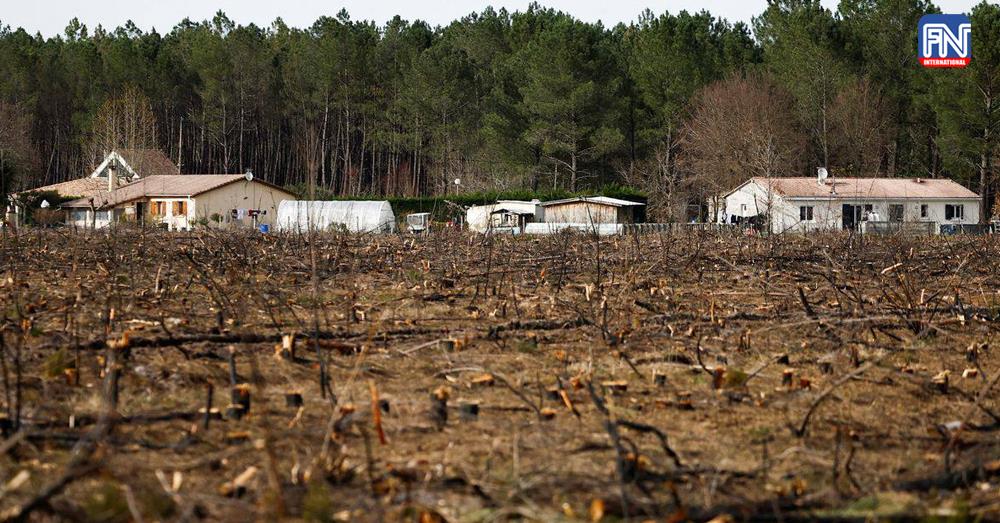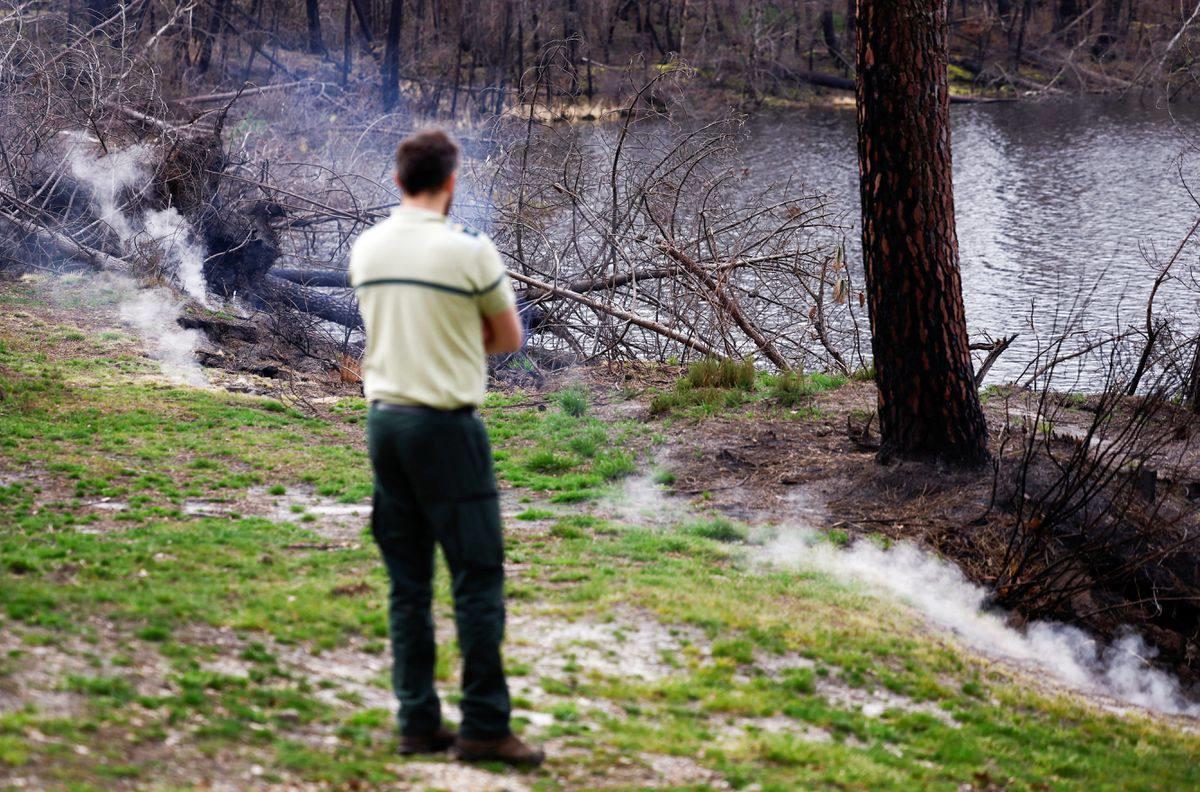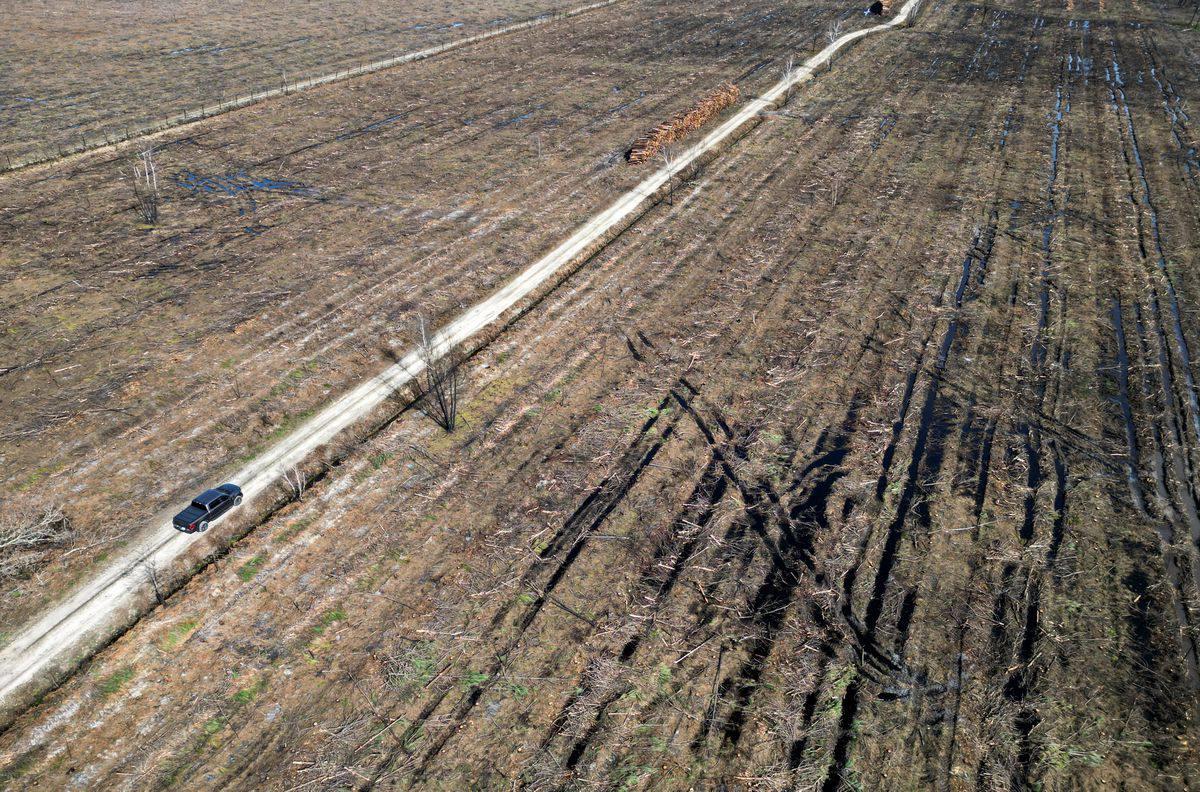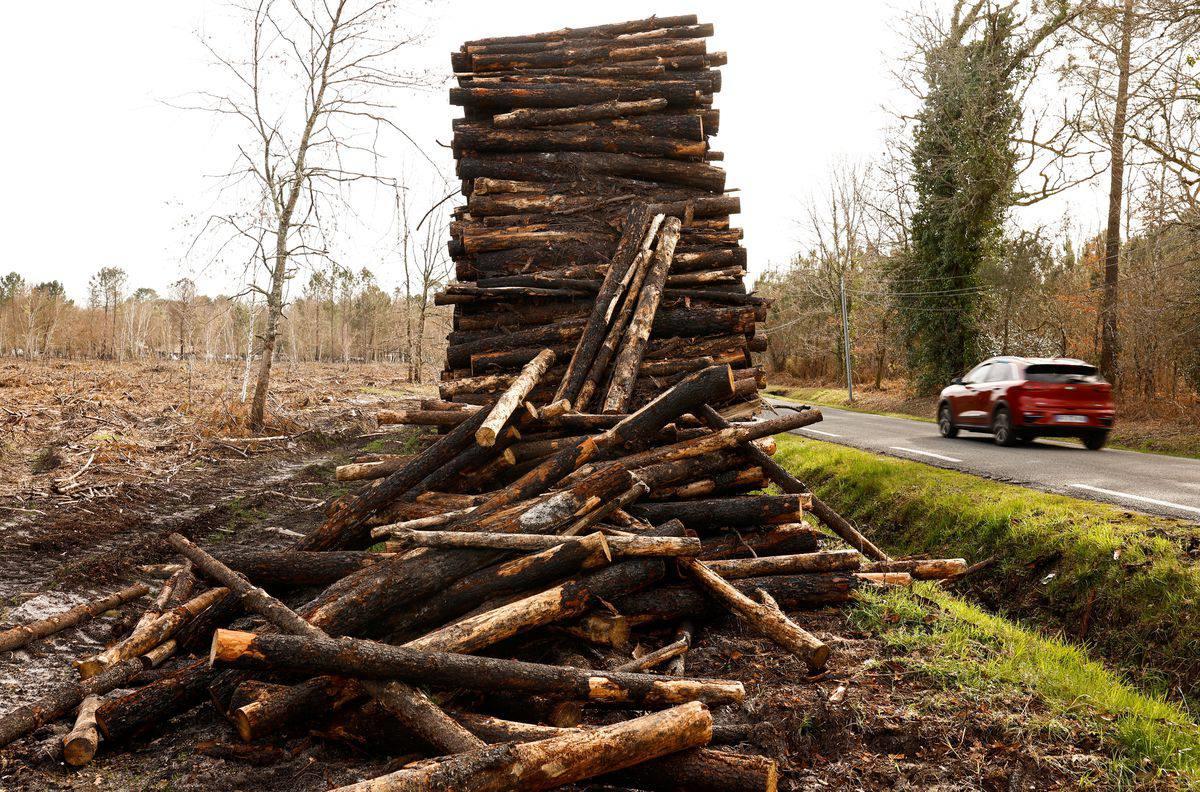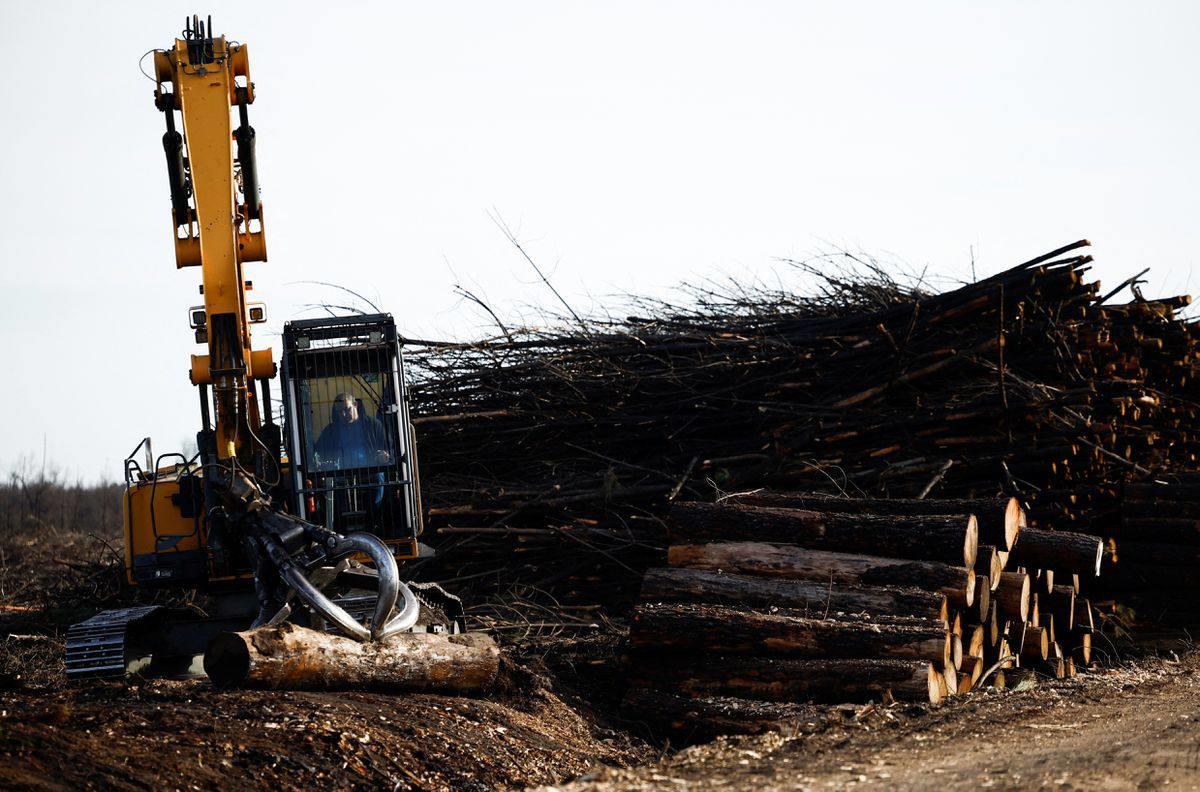HOSTENS, France, March 25 (AFP)- As France frets about an extended drought and prospects for more wildfires in another long summer, one blaze that erupted eight months ago in the southwest of the country still smoulders away underground.
Columns of white, acrid smoke rise from a forest floor outside the town of Hostens in the Gironde region, south of Bordeaux. The smell of burning tyres is caused by the brown coal in the area's peaty soil which is fuelling the fire underground.
"It's been burning since mid-July," said Guillaume Carnir, who works for France’s National Forest Agency (ONF). "To this date, we don't have a clear answer as to how to stop it."
The blaze at Hostens is a remnant of huge wildfires that ravaged Southern Europe last summer when the worst drought on record was compounded by successive heatwaves which scientists say are consistent with climate change.
The Gironde region was particularly badly hit with 20,000 hectares of forest destroyed, and the risk of renewed fires is a great concern.
"All the greenery will come back in the spring, which will be flammable, so we have to make sure new fires can't start from these hot spots," Carnir said.
Pascale Got, a local official in charge of environmental protection, said that the fire at Hostens was under constant surveillance from drones measuring heat levels.
When it comes to wildfires risk, she said that prevention was crucial, as well as swift intervention when a fire first starts, which is easier to do from above.
"It is obvious that we need an urgent answer from the government on air assets," said Got.
The interior ministry said measures for fighting forest fires across France will be presented in the coming weeks.
An unusually dry winter across parts of the south of the European continent has reduced moisture in the soil and raised fears of a repeat of 2022, when 785,000 hectares were destroyed in Europe - more than double the annual average for the past 16 years, according to European Commission (EC) statistics.
Governments are thus working out how to make forests and woodlands more resilient to climate change with better scrub clearance, more hardwood trees that burn less easily and other steps to prevent the region becoming an inferno every year.
The risk from failure to act is collapsing soils, falling trees and the prospect of an endless cycle of increasingly uncontrollable fires that have not only devastated natural habitats but also destroyed homes and businesses.
Spain's first major wildlife of the year raged in the eastern Valencia region on Friday, destroying more than 3,000 hectares of forest and forcing 1,500 residents to abandon their homes, authorities said.
